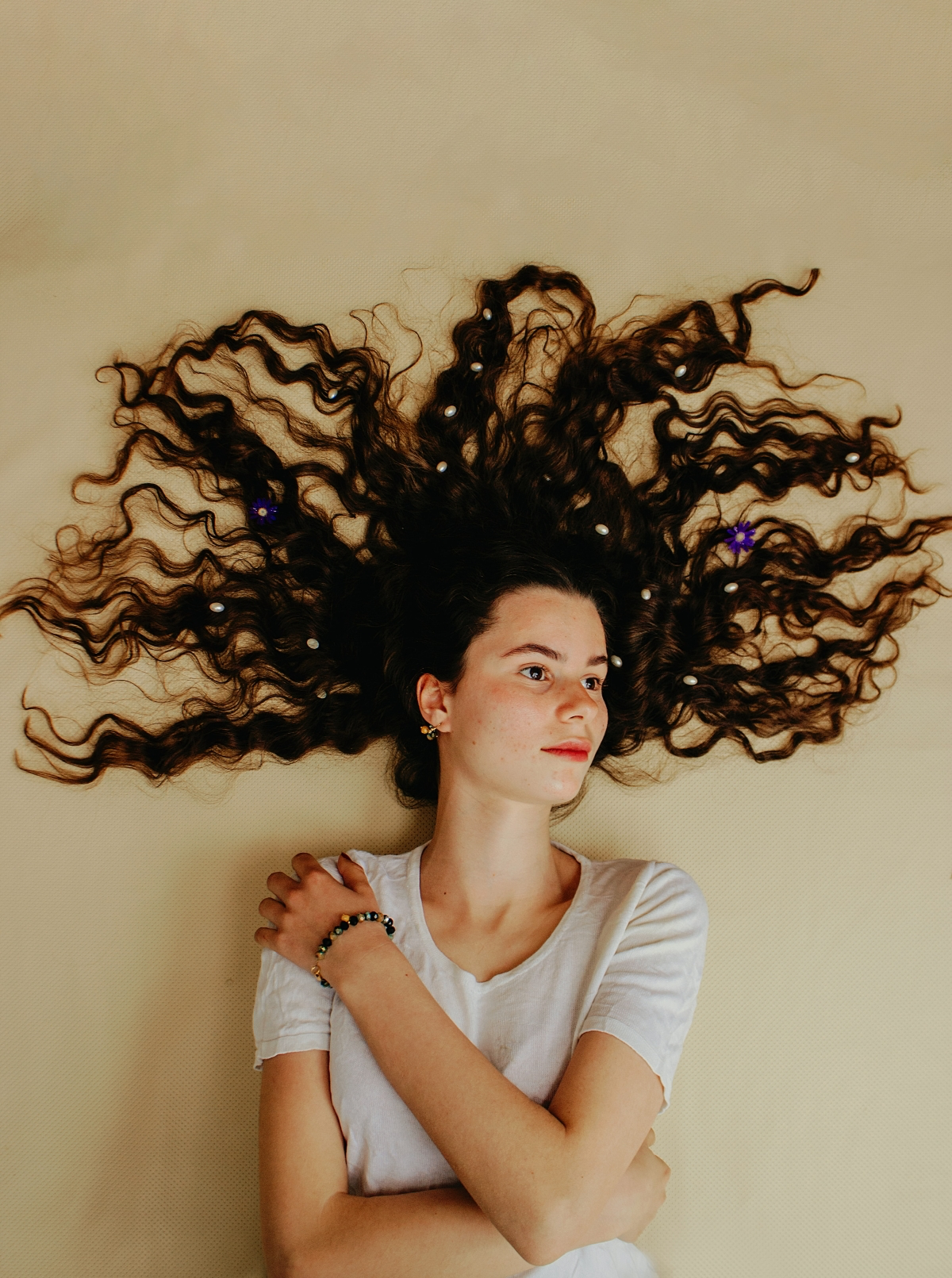The Real Deal on Parabens in Your Shampoo (And If You Should Care)
I’ve been obsessed with hair and scalp health for a long, long time. When I first started in this business, nobody asked about ingredients. Seriously. People just wanted to know if a shampoo would give them shiny, frizz-free hair. That was the whole conversation. Then, things started to shift. A new question began popping up: “Does this have parabens?”
In this article
That one question completely changed how we look at the products we use every day. It sent a lot of us pros back to the books to figure out what was real science and what was just fear-mongering. This guide is everything I’ve learned. It’s not about scaring you or selling you something. It’s an honest, no-fluff look at parabens, so you can glance at a shampoo bottle and make a choice that feels right for you.
What Even Are Parabens?
Let’s get straight to it. Parabens are preservatives. Think of them as the bouncer for your conditioner bottle. Any product with water in it—shampoo, lotion, you name it—is a perfect breeding ground for some nasty stuff like bacteria and mold. Your warm, steamy shower is basically a VIP lounge for germs.
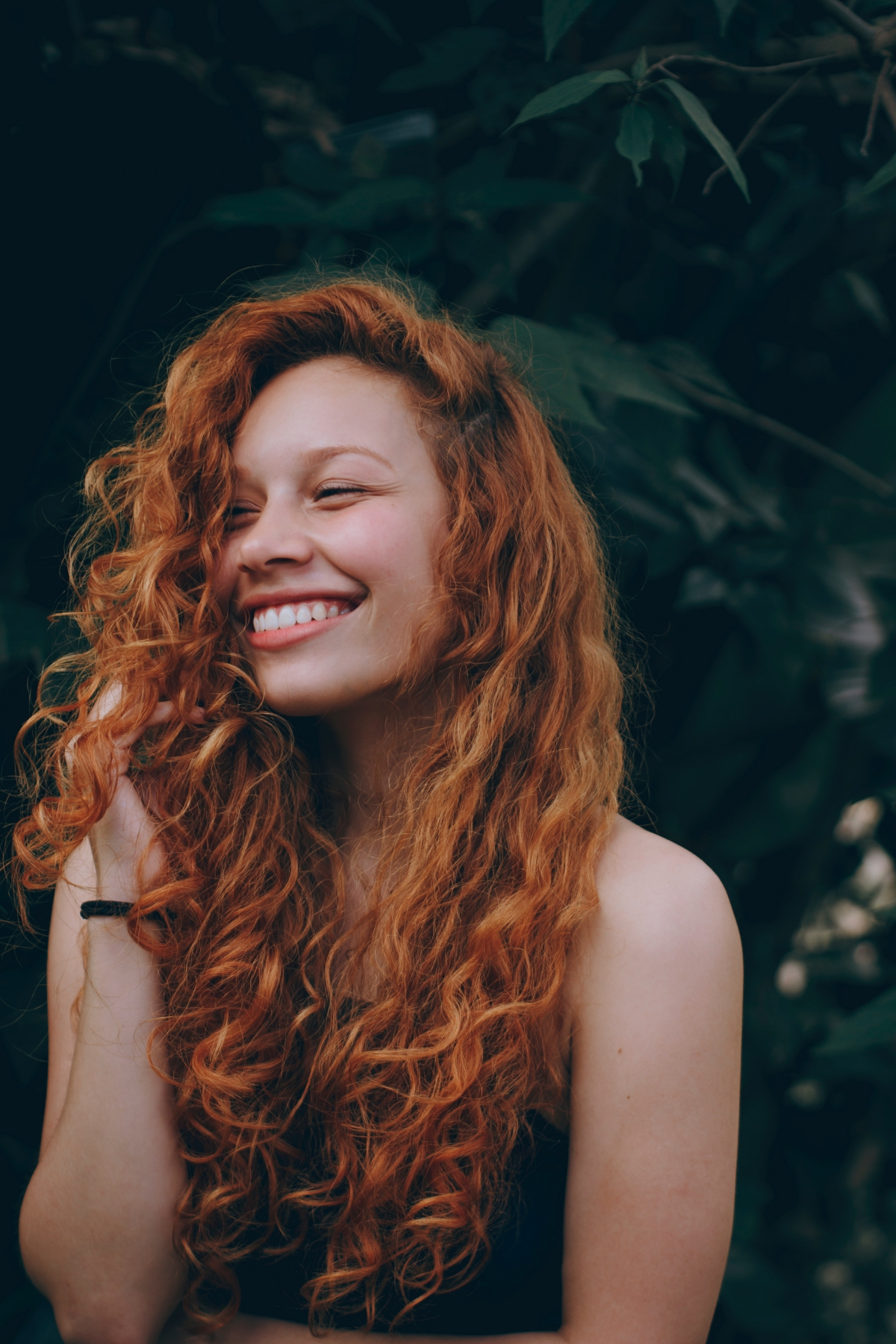
Without a preservative, that bottle of conditioner could turn into a fuzzy science experiment in a matter of weeks. We’re talking weird smells, strange colors, and visible mold spots. From a safety standpoint, that’s a huge problem. Selling a contaminated product could lead to some serious scalp infections or skin issues. For decades, parabens were the best bouncers on the market.
Why They Became So Popular
You’ll see them on ingredient lists with names like methylparaben, propylparaben, and butylparaben. To a product formulator, these were a dream come true for a few key reasons:
- They just work. Parabens are fantastic at stopping a wide variety of microbes, so a simple blend could keep a product totally safe.
- They’re tough. They don’t break down in hot warehouses or in formulas with different pH levels, which makes them incredibly reliable.
- They’re affordable. Parabens are cheap to make, which helped keep the prices of your favorite products from skyrocketing.
So, for a long time, using parabens was a no-brainer. They did their job well and kept costs down. The questions about their safety didn’t really start making waves until much later.
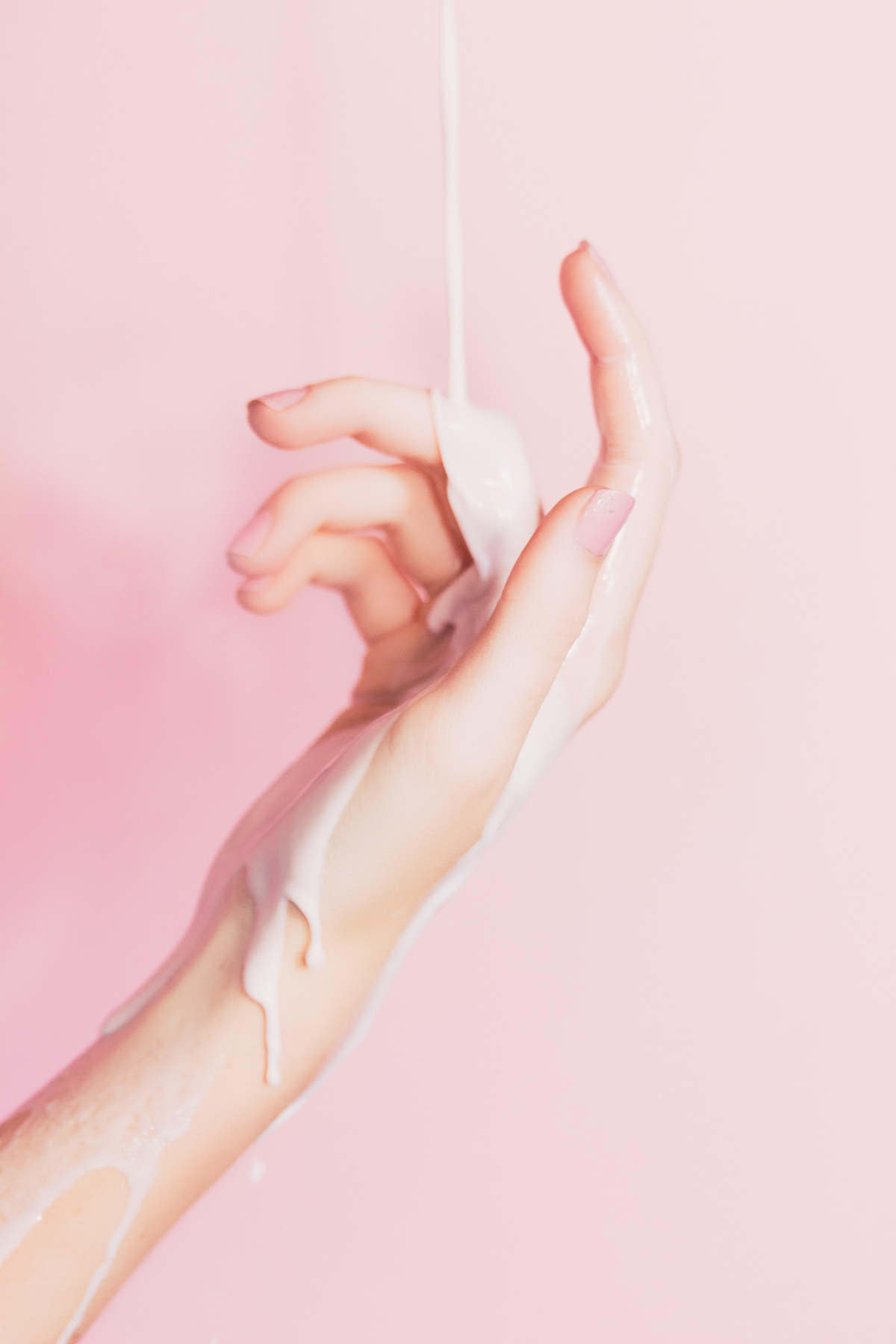
The Big Paraben Debate: Separating Fact from Fear
Okay, here’s where things get complicated, because the conversation has been filled with a lot of scary headlines. Let’s break down the actual concerns one by one.
The Hormone Disruption Question
This is the big one. The main worry is that parabens are “endocrine disruptors,” meaning they can mess with your body’s hormones. Specifically, some studies showed that parabens can weakly imitate estrogen.
Here’s the thing: your body has little docking stations (receptors) for estrogen. When estrogen locks in, it tells your body to do important things. Because parabens have a similar shape, they can sometimes fit into these docking stations, too. The fear is that this could potentially throw your natural hormonal balance out of whack.
But context is EVERYTHING here. The research we have shows that parabens are incredibly weak estrogen mimics—we’re talking thousands of times weaker than your body’s own natural estrogen. In fact, many common foods like soy and flaxseed contain natural compounds (phytoestrogens) that have a much, much stronger estrogenic effect. Major regulatory bodies in both the U.S. and Europe have reviewed the data and concluded that at the very low levels used in cosmetics, parabens are not considered a risk to the human endocrine system. Still, some people just don’t like the idea of putting any kind of hormone-mimicking chemical on their body, and that’s a totally fair personal choice.
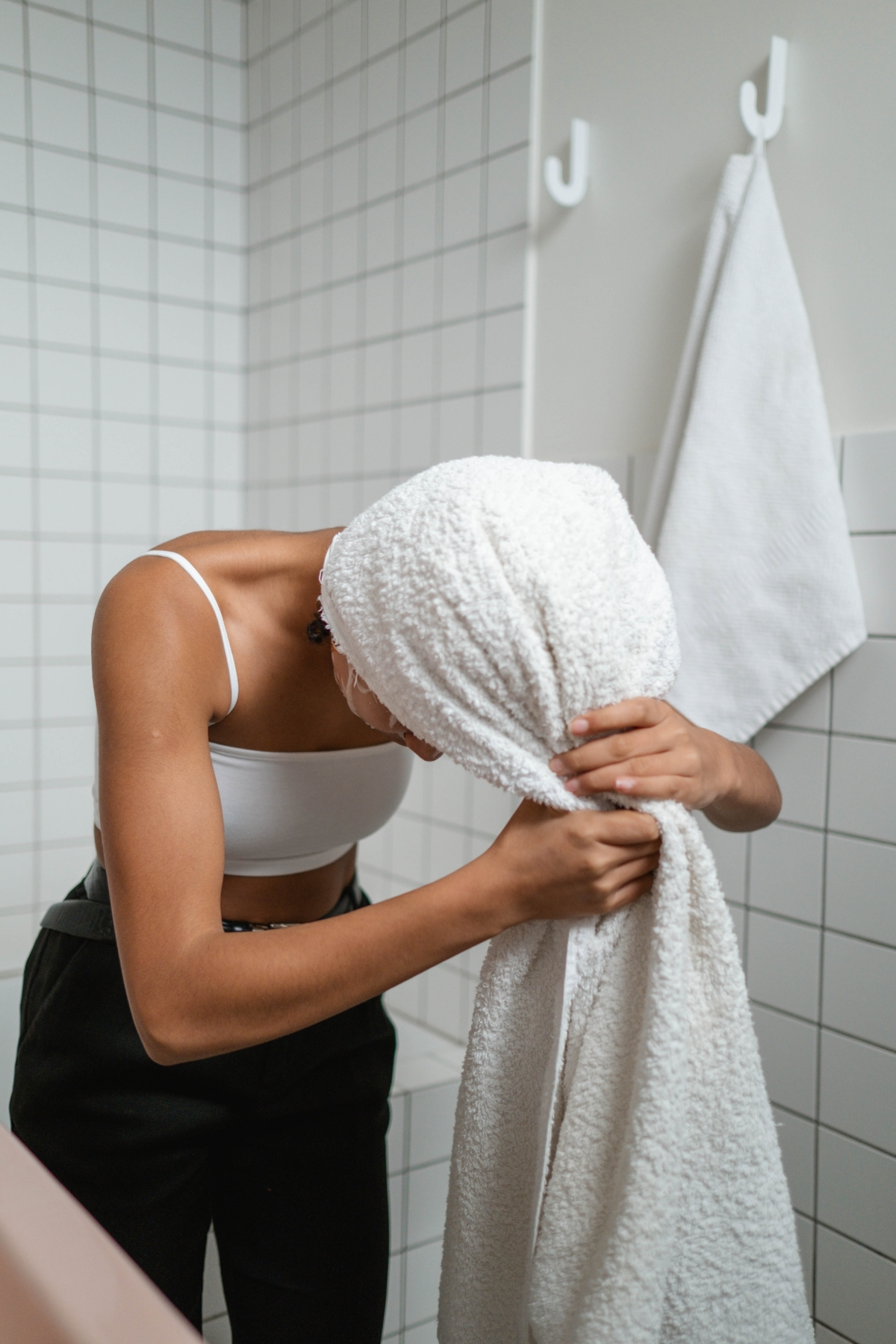
The Link to Cancer
The fear connecting parabens to cancer mostly comes from a single, widely-publicized study. In it, researchers found parabens inside breast cancer tumors. This created a media storm and led many to believe that parabens in things like deodorant were causing cancer.
However, the full story often gets left out. That study had some major limitations:
- It only showed the parabens were there, not that they caused the cancer. Correlation isn’t causation.
- There was no control group. They didn’t compare the paraben levels in cancerous tissue to healthy tissue, so we have no idea if those levels were even unusual.
- They couldn’t tell where the parabens came from. They’re also in foods and medicines, so there was no way to pin it on cosmetics.
Since then, major health organizations like the American Cancer Society have stated there’s no conclusive evidence linking paraben use to cancer. While some international bodies have restricted certain long-chain parabens out of an abundance of caution, short-chain ones are still widely considered safe at their allowed concentrations.
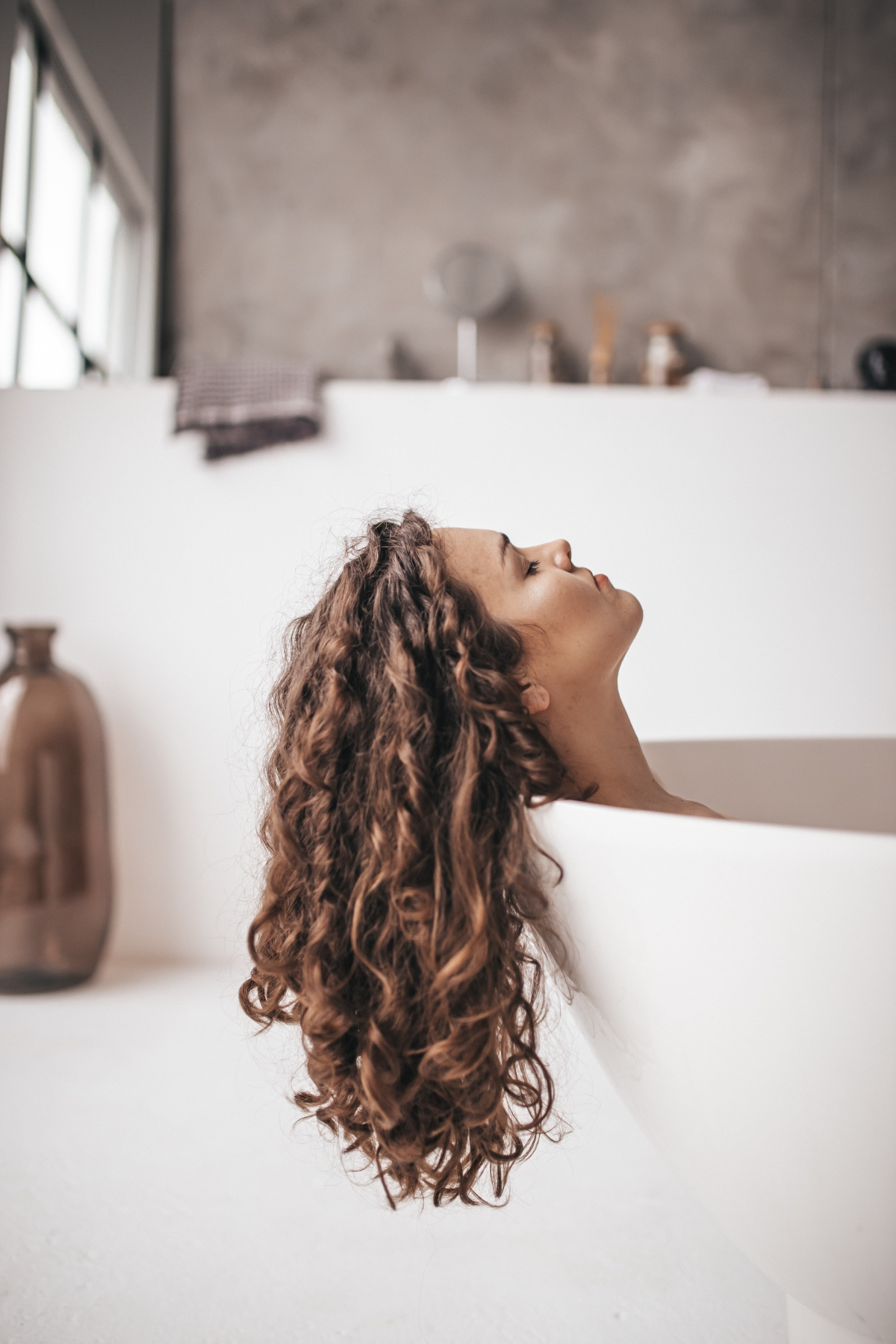
The Most Common Issue: Scalp Irritation
While the bigger concerns are heavily debated, this one is much more straightforward. For a small slice of the population, parabens can cause skin irritation or an allergic reaction. I’ve seen this myself countless times.
I’ll never forget a client who came in with a flaky, red scalp she’d been fighting for years with every dandruff shampoo on the market. Nothing worked. We took a look at her products, and her go-to conditioner was loaded with them. On a hunch, we swapped it for a simple, paraben-free one. Two weeks later, she came back and her scalp was calm for the first time in ages. That’s the power of finding your personal trigger!
If you have sensitive skin, eczema, or rosacea, you might be more likely to react. For these people, going paraben-free isn’t about fear—it’s a practical way to avoid discomfort and keep their scalp happy.
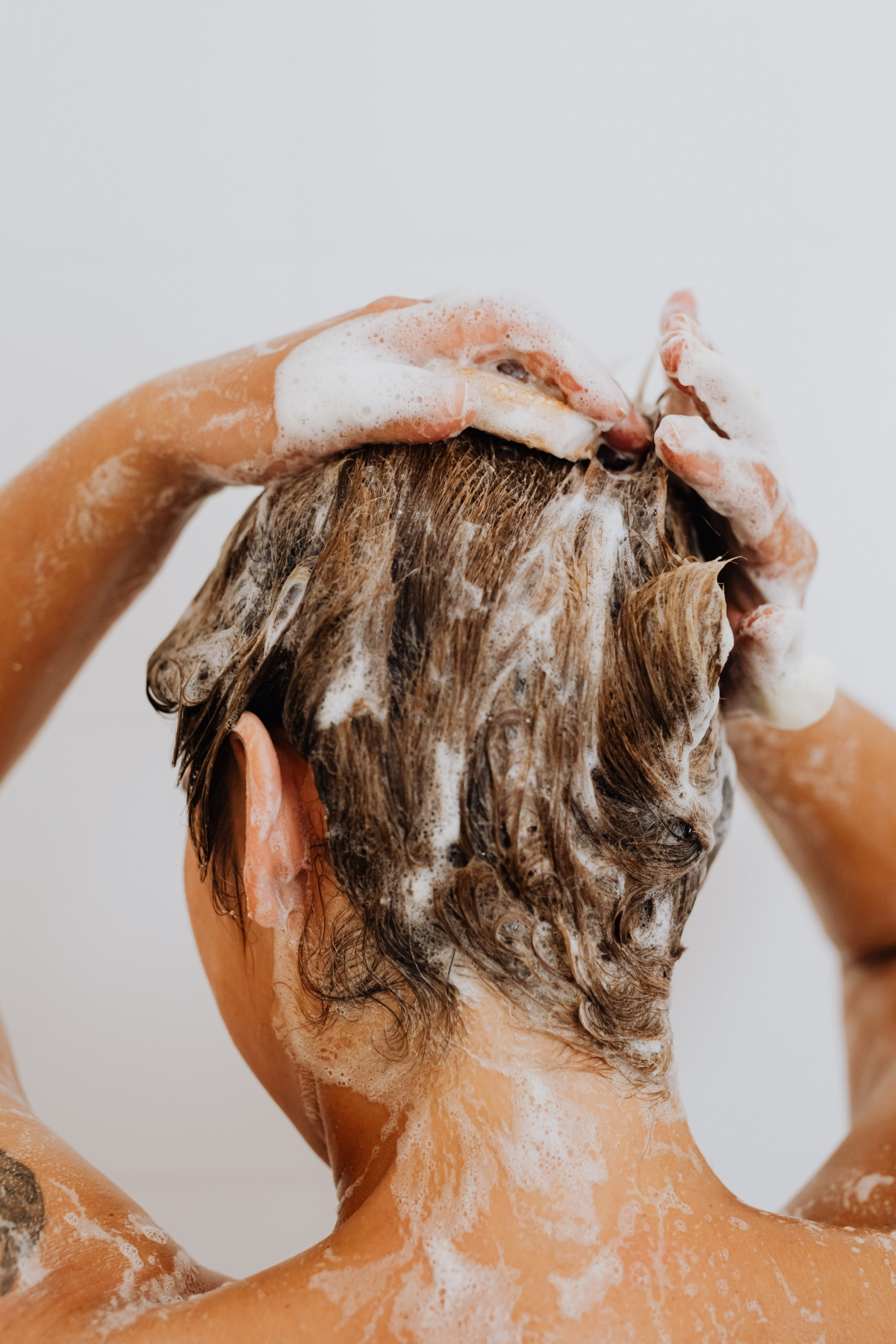
Life After Parabens: The Challenge of Finding Alternatives
When everyone started demanding paraben-free products, the beauty industry had to scramble. It wasn’t as easy as just taking one ingredient out. Cosmetic chemists had to create entirely new “preservative systems,” often using a mix of ingredients to get the same protection.
When you see a paraben-free label, here are some of the ingredients that have likely taken their place. Each comes with its own trade-offs:
- Phenoxyethanol: This is the most common replacement you’ll see. It’s a great workhorse against bacteria but not as strong against mold and yeast, so it’s often paired with something else. Heads up: It can also be a skin irritant for some people, just like parabens can.
- Sodium Benzoate & Potassium Sorbate: People tend to like these because they’re food-grade preservatives. They are super gentle on the skin, but here’s the catch: they only work in acidic formulas. This makes them perfect for some products but totally useless in others.
- Benzyl Alcohol: Another gentle and effective option, but it has a distinct sweet smell that can sometimes mess with a product’s intended fragrance.
- “Natural” Options: You might see things like Radish Root Ferment or essential oil blends. While they sound lovely, their performance can be inconsistent. Oh yeah, and a quick tip: “natural” does not always mean gentle. Essential oils are actually one of the most common causes of scalp allergies I see!
By the way, how do reputable companies know their new formulas are safe? They perform a Preservative Efficacy Test (PET), or a “challenge test.” They literally inject a batch of the product with a cocktail of nasty microbes and then check it for 28 days to make sure the preservatives kill them off and keep them gone. This is non-negotiable for good brands, and it’s why I always recommend buying from established companies over small-batch DIY products you might find online.

Your Game Plan: How to Make a Smart Choice
Alright, now you’re armed with the info. Here’s how to actually use it in the store.
How to Read an Ingredient Label
Go grab your shampoo bottle right now. I’ll wait. Flip it over to the ingredient list. They’re listed in order of concentration, so preservatives are usually near the bottom. See any words ending in “-paraben”? Or do you see phenoxyethanol, sodium benzoate, or benzyl alcohol? Now you know what you’re looking at!
Who Should Really Consider Going Paraben-Free?
Honestly, anyone can choose to avoid them, but some people might see a real benefit:
- If You Have Sensitive Skin or Eczema: You are a prime candidate. Removing a potential irritant is a smart first step. A quick tip for you: always patch-test a new product. Just apply a small amount to your inner elbow or behind your ear, leave it for 24 hours, and see if any redness or itching develops.
- If You Have a “Mystery Itch”: If your scalp is just constantly irritated and you can’t figure out why, try my 30-Day Scalp Reset Challenge. Go strictly paraben-free with all your hair products for one month and see how your scalp feels. It’s a simple way to play detective.
- If You Follow the “Better Safe Than Sorry” Rule: If you’re concerned about the long-term, cumulative effects of chemicals, even if the risk is low, choosing paraben-free for your peace of mind is totally valid.
- If You’re Eco-Conscious: Some studies have found parabens in waterways and marine life, suggesting they aren’t fully breaking down after we wash them down the drain. Choosing products without them is one small way to lessen your environmental impact.
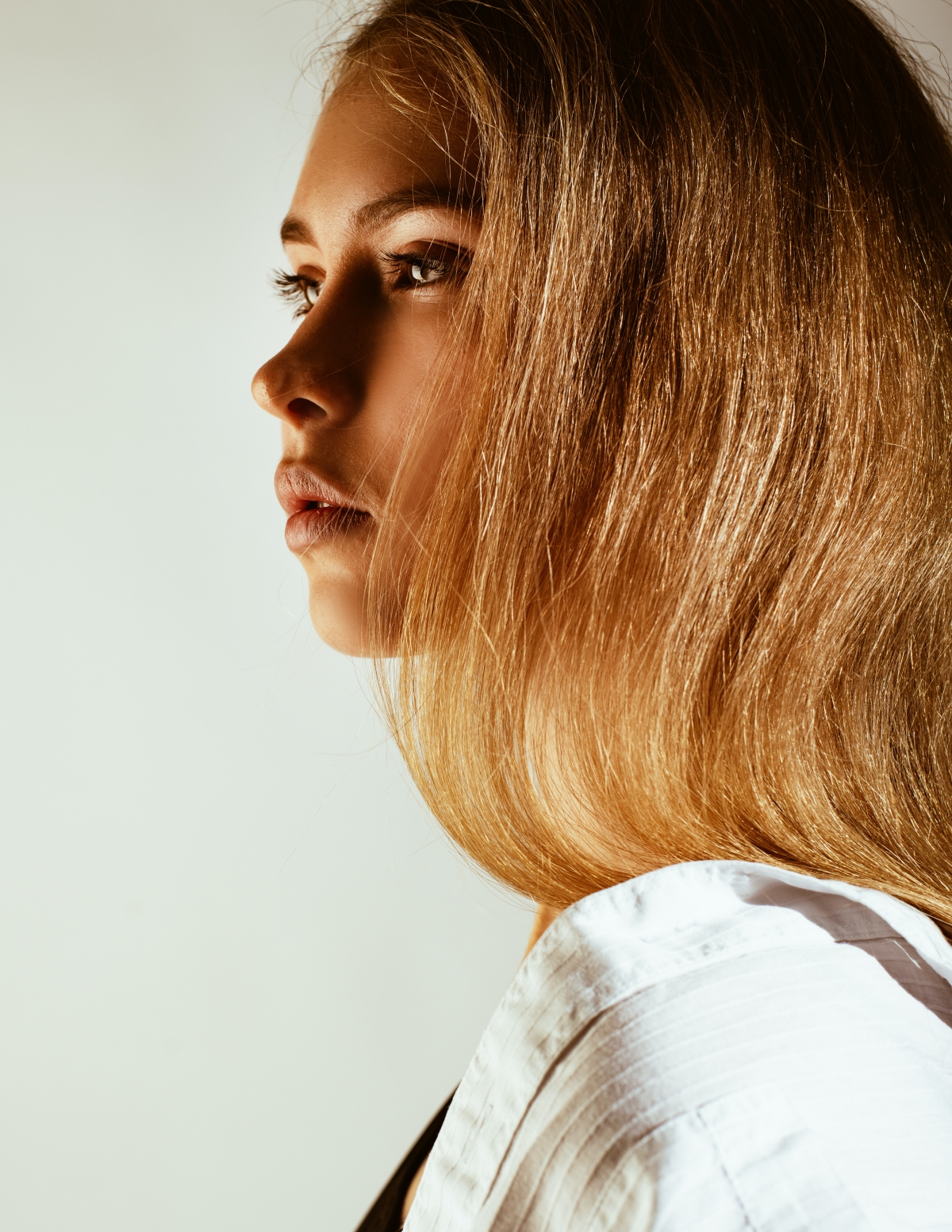
Finding Your Paraben-Free Match (For Any Budget)
The good news? Going paraben-free doesn’t have to be expensive. The demand has created amazing options at every price point.
- Affordable Finds (Under $15): You can find fantastic options right at Target or your local drugstore. Look for brands like Shea Moisture or Kristin Ess. They deliver great results without breaking the bank.
- Salon-Quality Picks ($25-$40): If you’re looking to invest a bit more, I often recommend brands like Pureology to my clients. The formulas are concentrated and highly effective, so a bottle lasts a long time.
A Critical Warning: The “Preservative-Free” Trap
Please, please be careful with this one. In the rush to be “clean,” some brands market water-based products as “preservative-free.” This is a massive red flag. A bottle of lotion or a liquid shampoo that contains water but no preservative is a ticking time bomb for bacterial growth. Using a contaminated product can lead to very serious skin and scalp infections.
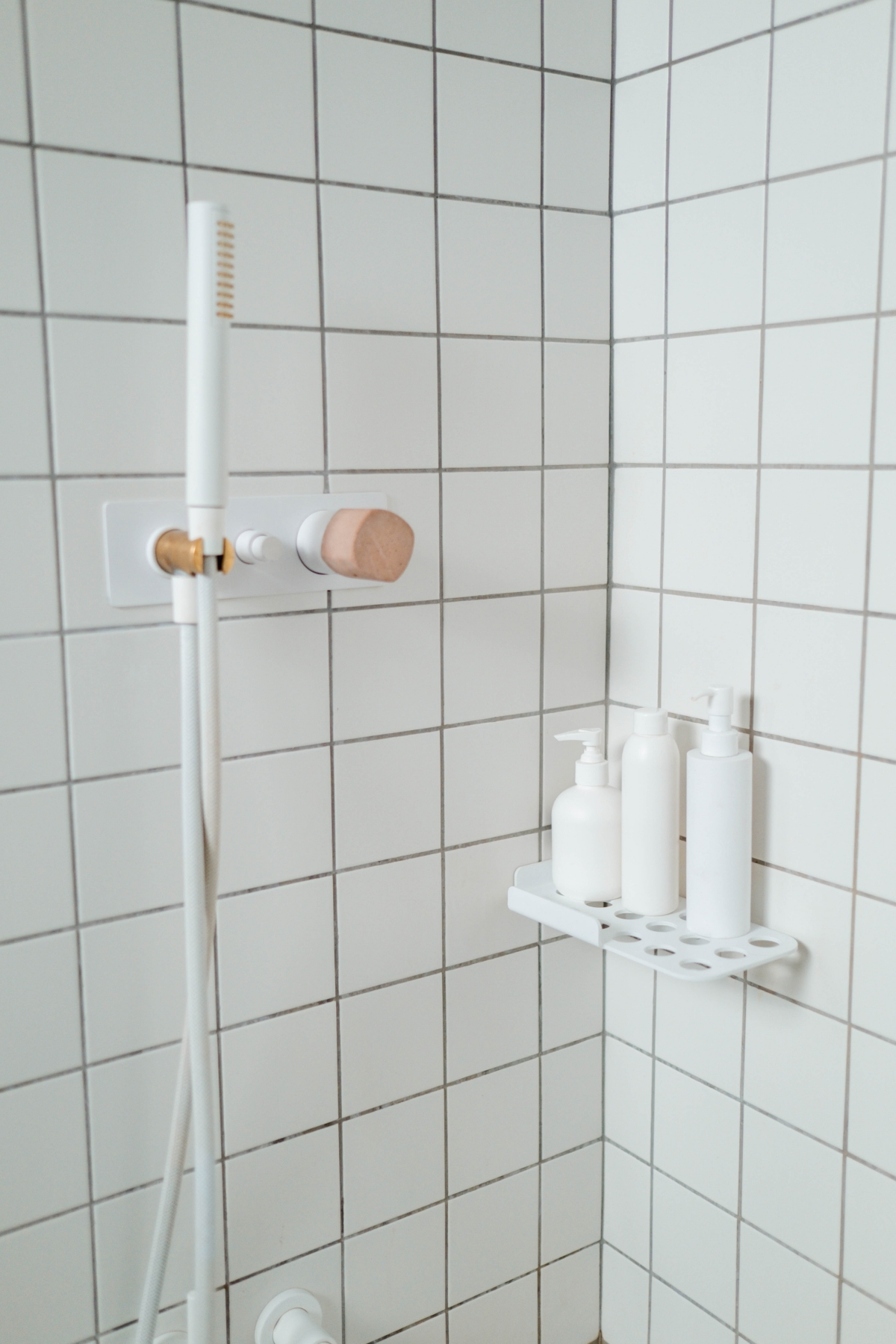
True preservative-free products don’t contain water. We’re talking solid shampoo bars, pure face oils, or dry powder cleansers. If a liquid in a bottle claims to be preservative-free, I’d be very skeptical.
My Final Thoughts
The whole paraben discussion has actually been a good thing for the beauty industry. It forced formulators to get creative and develop new, sophisticated preservative systems that are often even gentler on the skin. Innovation is always a win.
At the end of the day, the choice is yours. It’s not about giving in to fear, but about using knowledge to pick products that align with your needs and values. And of course, if you have serious scalp issues like painful sores, significant hair loss, or persistent dandruff, don’t just switch your shampoo—please go see a dermatologist. They can help you figure out what’s really going on.
Your power is in your ability to read that label, understand what you’re seeing, and choose products that make you feel confident and healthy. You got this.
